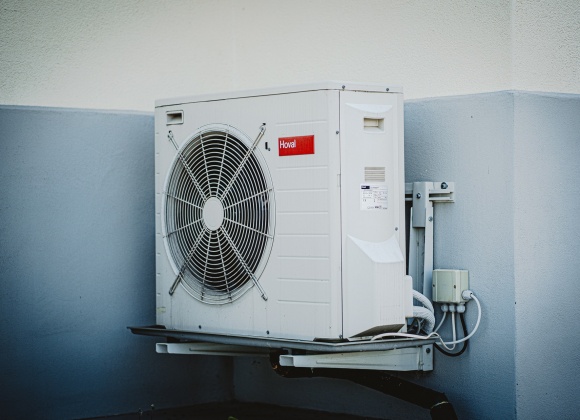Breaking Down The Process Of An Energy Survey
An energy survey or audit involves a professional energy assessor inspecting a building to determine how energy efficient the site is. The process of getting an energy survey is fairly straightforward, although it can be difficult to understand when one is needed and what the process actually involves. With that in mind, we’ve put together a useful guide on everything you need to know about energy surveys.
What is an energy survey and what are the benefits?
As mentioned, an energy survey is an assessment of the energy efficiency of a building or site. The main aim of the survey is to highlight areas for improvement when it comes to energy efficiency. One of the key benefits of having a green energy survey is that you will receive suggestions on how to make your property and business more energy-efficient. Not only is this a great way to lower your company’s carbon footprint, but it can also save you significant amounts of money by reducing your business energy bills. Many companies opt to have a business energy survey carried out as part of a strategy to boost their green credentials and improve their company reputation. Research shows that consumers are willing to spend more with sustainable companies. Having an energy survey is an excellent step towards creating a greener business and improving your brand image.
When is an energy survey needed?
Buildings generally provide multiple opportunities to reduce carbon emissions and cut running costs. There are likely to be plenty of low-cost ways to make your property more energy-efficient and less expensive to run. This makes an energy survey a great investment for any business looking to reduce environmental harm and save money on energy. In some cases, an energy survey may be required under legislation. For instance, the Energy Saving Opportunities Scheme (ESOS) was introduced by the UK government in 2014 and requires large organisations (with over 250 employees) to complete a regular energy assessment and carry out energy-saving improvements. Under the scheme, any qualifying organisation is required to complete an energy survey at least once every four years to identify energy-saving opportunities. You can contact the Environment Agency to see whether your company meets the ESOS criteria.
What does an energy survey involve?
To help you understand the process of getting an energy survey, we’ve put together a useful step-by-step guide on what will be involved in the survey.
Step 1: Measure your onsite energy usage
The first step of the survey will involve measuring your total energy usage on site. This will be taken over 12 months and will cover all energy usage including energy used by transport, buildings, equipment and commercial operations and processes.
Step 2: Assess your site’s energy performance
The energy performance of your building will then be compared with similar business sites. Your site’s energy performance will be assessed based on your energy use and building data.
Step 3: Review your energy policies
As part of the energy survey, the assessor will also review the energy management procedures and policies in place on-site. This will include staff resources, energy monitoring, energy targets and maintenance.
Step 4: Identify energy-saving opportunities
The final part of the energy survey is to identify energy-saving and cost-saving opportunities. The assessor will provide you with recommendations on how to make your site more energy-efficient. This may involve free or low-cost solutions, as well as larger improvements that will require capital investment.
How much does an energy survey cost?
The cost of having an energy survey varies depending on the outcome of the audit and the level of improvement required. While it may seem expensive, the cost of the survey should be quickly recovered through the energy-saving upgrades and resulting energy savings in your business.
Summary
Having an energy survey can bring about a wealth of benefits and help you identify energy-saving and cost-saving opportunities within your business. Not only can an energy survey lower your carbon footprint and improve your brand reputation, but it can also reduce your business overheads and save you significant amounts of money. An energy survey is beneficial for most businesses and is a legal requirement in some situations, i.e., if your organisation qualifies under the ESOS scheme. Get in touch today to find out how you can take advantage of the cost savings to be gained from energy efficiency.



